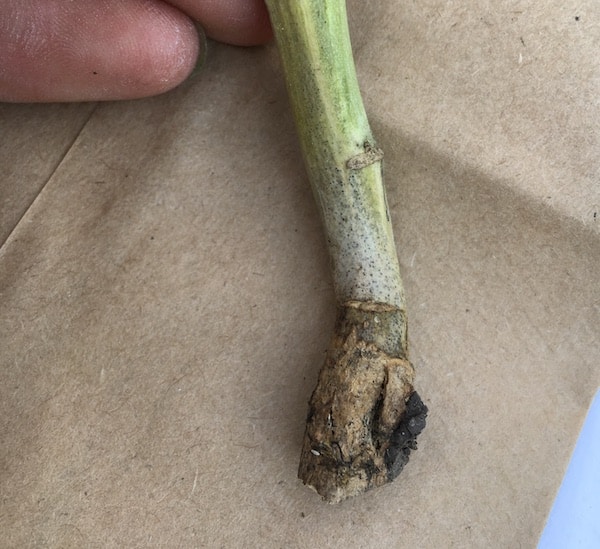Key Result
An indoor quantitative trait loci (QTL) test will reduce the time required to identify and incorporate adult plant resistance genes into commercial canola varieties.
Project Summary
Purpose
The purpose of this research was to help in the international effort to locate new blackleg resistance genes, researchers need a universal protocol so they’re not finding the same gene multiple times but giving it different names – which is happening. Borhan coordinated efforts with the international blackleg research community to expand the current set of host differentials for new R genes and define a common set of Leptosphaeria maculans differential isolates.
Outcomes
This project validated an indoor quantitative trait loci (QTL) test that will reduce the time required to identify and incorporate adult plant resistance genes into commercial canola varieties. A round of indoor screening using this new method takes 10 to 12 weeks. Field-based screening provides one round per growing season. The indoor test also eliminates environmental variations that impact the field results.
This project also developed five new Brassica napus (canola) lines with single resistance (R) genes. Researchers provided these lines to canola breeders to generate canola varieties with highly effective R genes against blackleg. They also developed and validated additional markers to determine blackleg pathogen races and the R gene profile of canola cultivars.
Through a collaboration among Canadian research labs and researchers in Australia and France, these investigators developed a common set of blackleg pathogen races, Brassica napus lines with single R genes, tools such as markers for genotyping pathogen and plant, and protocols for adult plant resistant gene screening. They also developed tools to identify the specific virulence gene AvrLms-Lep2.






